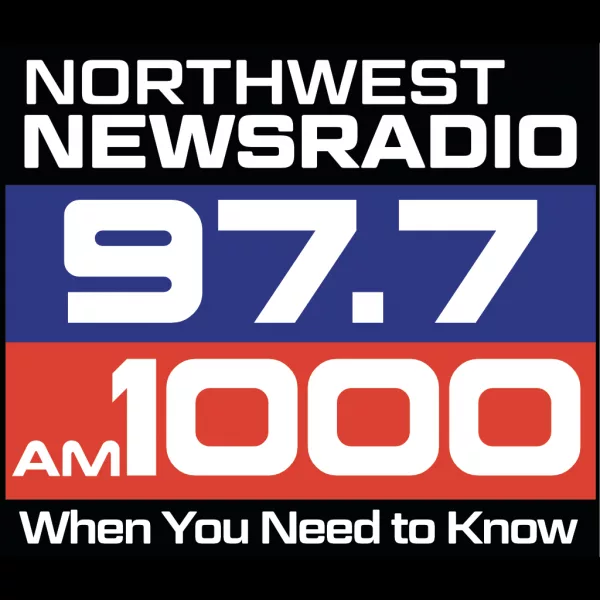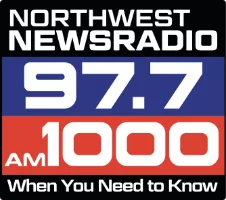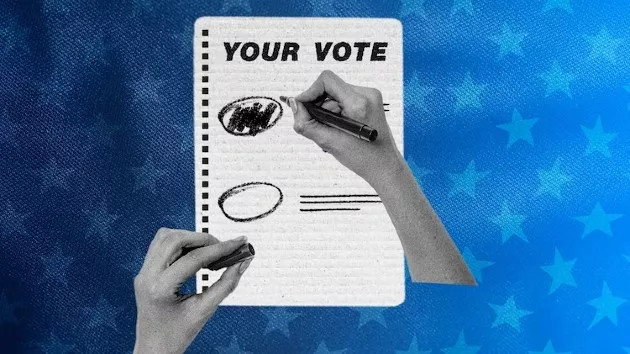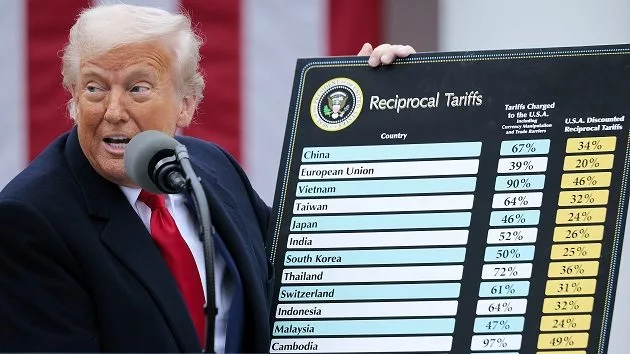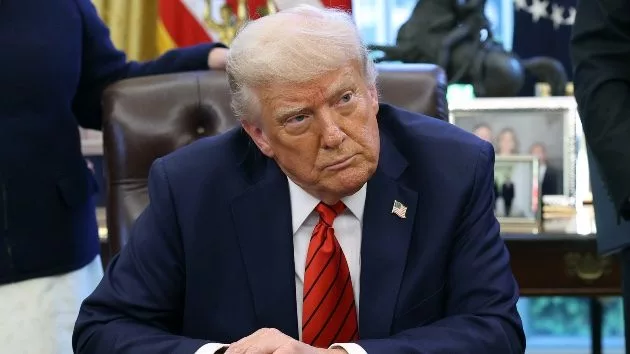(WASHINGTON) — As Americans head to the polls this Election Day, trust that their vote will be counted accurately and that the democratic process is safe from interference is vital, experts said.
But with early voting well underway and just days before the remainder of the 2024 presidential election ballots are cast, unfounded conspiracy theories about the safety of voting machines loom over the fight for the White House.
The 2020 election saw former President Donald Trump sparking some distrust in the voting system that was purported by some fellow Republicans, supporters and media outlets.
Despite voting machine conspiracy theories, such as internet hacking and widespread physical tampering, being debunked, misinformation about the democratic process is ubiquitous on social media and fodder for some of the recent lawsuits filed by RNC-aligned groups in key swing states.
Elon Musk — a major Trump backer and the owner of X — recently continued to stoke voting machines falsehoods, telling the crowd at a town hall in Pennsylvania, “The last thing I would do is trust a computer program, because it’s just too easy to hack,” Musk said.
However, multiple reviews into 2020 voter fraud claims and a landmark defamation lawsuit between Dominion Voting Systems and Fox News found the vote-rigging conspiracy theories, and Trump’s assertion he won the election over President Joe Biden, to be unfounded.
In April 2023, Dominion reached a nearly $800 million settlement with Fox for spreading the false theories across the conservative news stations’ platforms.
Additionally, state and federal courts dismissed more than 60 lawsuits across six states from Trump and his allies aiming to overturn the 2020 election results.
“There was no credibility to those claims,” Lauren Cristella, the president of Committee of Seventy, a nonpartisan government watchdog organization in Philadelphia, told ABC News.
“I am confident that our elections are free, fair, safe and secure, and that the systems we have in place, the checks and balances that we have in place, are working,” Cristella added.
So, how do voting machines work? And what security measures are in place from the federal level to the community level to ensure that every vote is counted and free from interference?
Before Trump and Vice President Kamala Harris vie for America’s vote on Nov. 5, experts said understanding the security measures that follow ballots from the polls to the count can bring clarity and comfort to the process.
What voting machines are used in the election?
While election officials use technology for voter registration, tallying, and, in some cases, vote-casting, the system is largely centered around paper ballots.
“In nearly all places across the country, about 98% of voters, when they cast their ballot, there is going to be a paper record of their vote,” Derek Tisler, who serves as counsel in the Brennan Center for Justice’s elections and government program, told ABC News.
Historically, there have been five types of voting machines used in the U.S.: hand-counted paper, mechanical lever machines, punch-card machines, scanned paper ballots and direct-recording electronic devices, according to the MIT Election Lab.
Going into the 2024 election, optical scan paper ballot systems are widely used to tally physical ballot votes, which can be likened to the technology used to score a standardized test, according to MIT.
Voters mark their ballots in a private voting booth and then it is scanned as it’s being deposited in the ballot box, with the votes being tallied at the end of the day.
Direct recording electronic systems utilize buttons or a touch screen to record votes, often with a paper ballot record for audits or a recount.
And ballot-marking devices and systems, which are entirely electronic, are primarily used to accommodate voters with disabilities.
There are 10 different voting system manufacturers that have been tested and approved by the federal Election Assistance Commission (EAC), including Clear Ballot, Dominion Voting Systems and Election Systems & Software (ES&S), to name a few.
The road to approval includes stress tests on the equipment and checks for software flaws, making sure the machines have the basic functionality, accessibility and security capabilities required of these systems, according to the EAC.
“So every voting system, including ours, goes through a certification process in accredited test labs,” Chip Trowbridge, the chief technology officer of Clear Ballot, told ABC News.
“Every change, no matter how big or how small, if it’s a source code or software change, has to be reviewed,” Trowbridge said.
Individual states and local jurisdictions also have certification processes for voting machine manufacturers that vary based on location, according to Trowbridge.
What safety measures are taken to protect voting machines?
One of the first lines of defense against tampering is the physical security of voting machines, according to Ted Allen, an integrated systems engineer professor at Ohio State University and member of the MIT Election Lab.
Leading up to Election Day and after votes are cast, the machines are stored in secure locations with access limited to election officials, Allen told ABC News.
At polling locations, voting machines are constantly under surveillance, with election officials and security personnel trained to ensure that no unauthorized access is possible, according to Allen.
“The paper, the chain of custody of the equipment and the chain of custody of the ballots are all generally, very carefully studied and controlled,” Allen said.
The 2020 election, however, did see a few individuals being charged for with tampering with voting machines.
Tina Peters, a Republican election official in Colorado, was sentenced to nine years in prison for leading a security breach of the county’s election system after being inspired by false and baseless claims of voting fraud.
She was convicted for giving an individual access to the election software she used for her county. Screenshots of the software appeared on right-wing websites.
In Georgia, bail bondsman Scott Hall was charged in relation to the alleged breach of voting machine equipment in the wake of the 2020 election in Coffee County.
Hall and several of his co-defendants allegedly “entered into a conspiracy to intentionally interfere” with the 2020 election results and “unlawfully” access voting machines in order to obtain data, including images of ballots.
Hall pleaded guilty to five misdemeanor counts of conspiracy to commit intentional interference with performance of election duties. He will get probation and has agreed to testify moving forward, including at the trial of other co-defendants.
While no system is ever completely impervious to threats, voting machines are protected by a range of technical and procedural measures that make them extremely difficult to hack.
A spokesperson for Election Systems & Software, Inc., told ABC News, that outside of physical controls, the company’s voting equipment adheres to secure practices for the creation, transfer and storage of important election files and data.
Using encryption and digital signing for data, cryptographic modules that meet the Federal Information Processing Standard (FIPS) and creating encrypted USB flash drives programmed for that specific election all prevent tampering by unauthorized agents, according to ES&S.
Do voting machines connect to the internet?
A key safeguard in making voting machines difficult to hack is the lack of internet access during the voting process.
The machines used to scan ballots at a voting precinct are incapable of having any Wi-Fi, Bluetooth, radio or network connection at all, according to Trowbridge.
“Those systems absolutely cannot have any network,” Trowbridge said. “In fact, if you look at the machines from Clear Ballot, the only wire that comes out of them is a power cord.”
Central scanning equipment is networked, according to Trowbridge, but the technology is on an air-gapped network that is completely separate from the public internet.
This significantly reduces the risk of remote hacking or unauthorized access from external sources, he said.
Even if a hacker attempts to access a voting machine, they would need to physically tamper with the machine itself, which may be more challenging due to the physical security measures.
Looking to Nov. 5, Derek Tisler emphasized there are always checks and balances available in the process to make sure that there is no one individual who could disrupt anything.
“Public trust is so essential to the democratic process, and that is why elections are transparent,” Tisler said.
Copyright © 2024, ABC Audio. All rights reserved.

